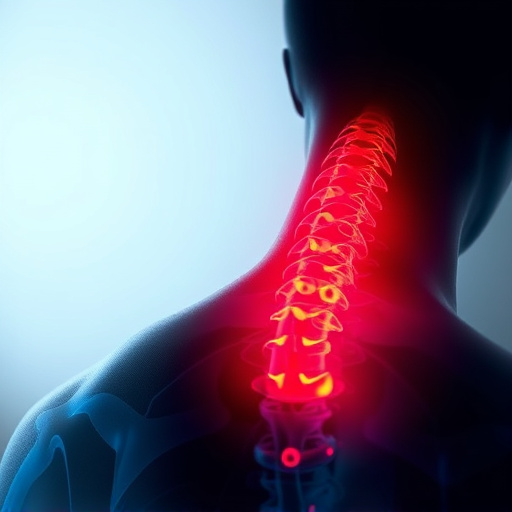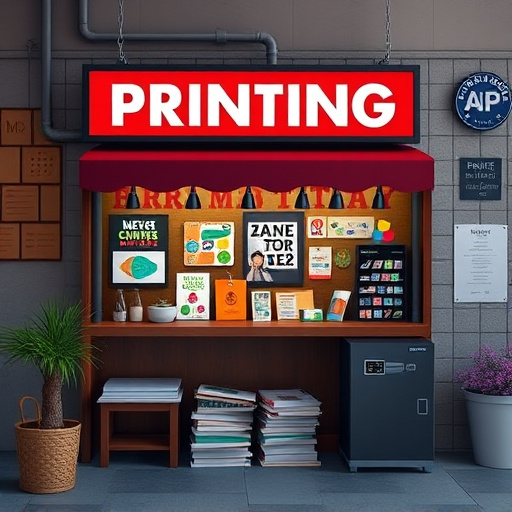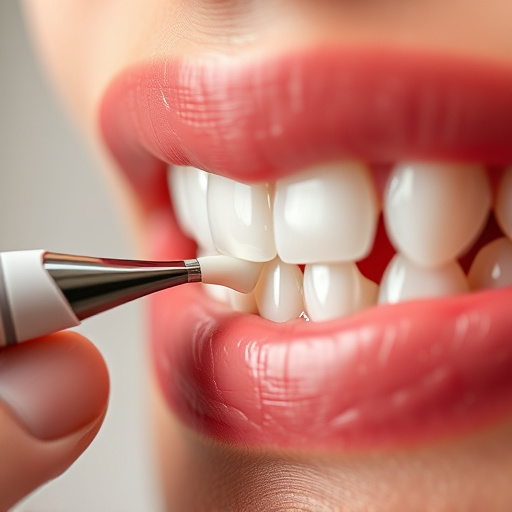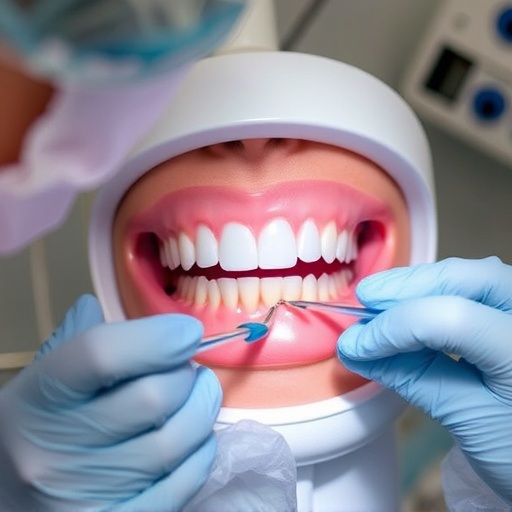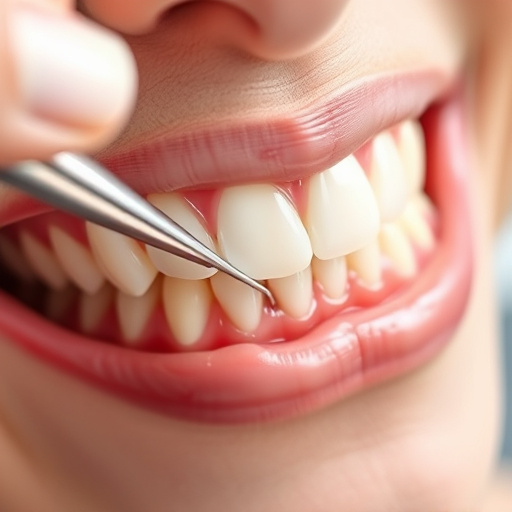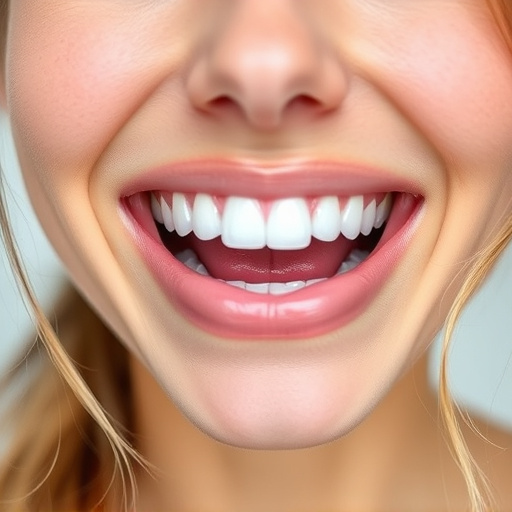Minimally invasive dentistry (MID) is a revolutionary dental approach that puts patient comfort and faster recovery times at the forefront, compared to traditional methods. By leveraging advanced technology for precise diagnostics and treatment planning, MID reduces trauma to teeth, gums, and surrounding tissues, preserving more of the natural tooth structure. This gentle method involves smaller incisions, less tissue removal, and minimal disruption of the natural oral environment, contributing to better long-term oral health and offering a more comfortable dental experience with reduced pain, swelling, bleeding, and sensitivity.
Minimally invasive dentistry (MID) is transforming oral care, offering a gentle approach that reduces discomfort and recovery time. This innovative technique prioritises preservation over extraction, using advanced tools and techniques to treat teeth conservatively. By minimising tissue trauma, MID enhances patient comfort and speeds up healing processes. This article explores the benefits of MID, its modern techniques, and how it’s revolutionizing dental practices worldwide.
- Understanding Minimally Invasive Dentistry: A Gentle Approach to Oral Care
- The Benefits: Reduced Discomfort and Faster Recovery
- Modern Techniques: How It's Transforming Dental Practice
Understanding Minimally Invasive Dentistry: A Gentle Approach to Oral Care

Minimally invasive dentistry is a revolutionary approach that prioritizes patient comfort and speedier recovery over traditional practices. It focuses on using advanced techniques and tools to access and treat dental issues with minimal trauma to the teeth, gums, and surrounding tissues. This gentle method involves smaller incisions, less tissue removal, and reduced disruption of the natural oral environment.
Instead of extensive drilling or surgical procedures like tooth extractions, minimally invasive dentistry leverages modern technology for precise diagnostics and treatment planning. Even common tasks such as teeth cleaning can be done with enhanced techniques that reduce the patient’s discomfort. By minimizing interference, this approach not only shortens recovery times but also preserves more of the natural tooth structure, contributing to better overall oral health in the long term.
The Benefits: Reduced Discomfort and Faster Recovery
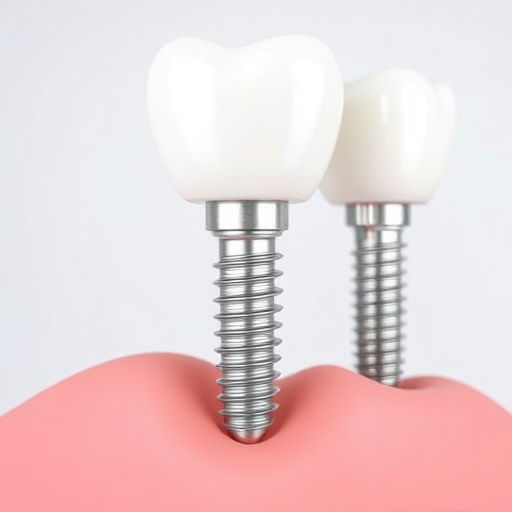
Minimally invasive dentistry (MID) offers a host of benefits that significantly enhance patient experiences and outcomes. One of the most appealing advantages is its ability to reduce discomfort during procedures. By utilizing advanced techniques and smaller instruments, dentists can perform treatments with minimal pain or irritation to surrounding tissues. This approach often eliminates or greatly reduces the need for local anesthetics, making dental work more comfortable for patients.
Moreover, faster recovery times are another key advantage. Conventional dental procedures might require a week or more of downtime due to swelling, bleeding, and sensitivity. In contrast, MID treatments allow patients to resume their normal activities almost immediately. Whether it’s eating, speaking, or simply smiling, most individuals can return to their regular routines within hours rather than days, thanks to the precise and targeted nature of these advanced dental techniques. This speedier recovery is particularly beneficial for those with busy schedules who cannot afford extensive periods of discomfort and inactivity.
Modern Techniques: How It's Transforming Dental Practice
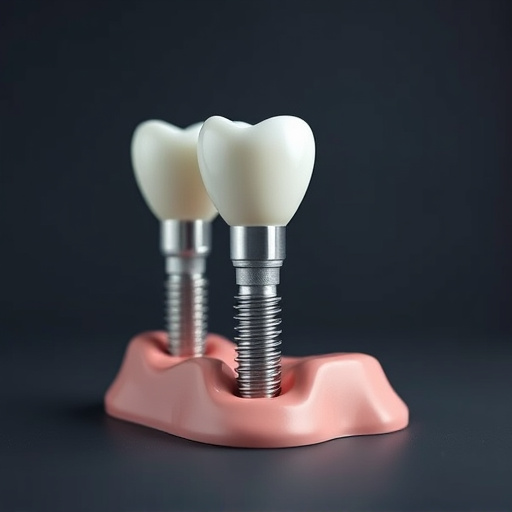
Modern dental practices have seen a significant shift towards Minimally Invasive Dentistry (MID), marking a departure from traditional, more invasive procedures. This revolutionary approach prioritizes patient comfort and swift recovery by employing advanced techniques that require smaller incisions and less tissue manipulation. The benefits are manifold; patients experience reduced discomfort post-procedure, shorter healing times, and minimal scarring.
MID is transforming the dental landscape, integrating seamlessly into various specialties like cosmetic dentistry, restorative dentistry, and family dentistry. With its precision and minimal impact, this method allows dentists to address a wide array of issues, from minor repairs to complex reconstructions, without the usual associated pain and downtime.
Minimally invasive dentistry (MID) represents a paradigm shift in oral care, prioritizing patient comfort and swift recovery. By employing advanced techniques that minimize tissue damage and reduce the need for extensive removal, MID offers a gentler approach to dental treatment. This innovative method not only alleviates discomfort during procedures but also significantly shortens recovery times, enabling patients to return to their regular routines faster. As these practices continue to evolve, they are transforming traditional dental care, making it more efficient, effective, and patient-friendly.


